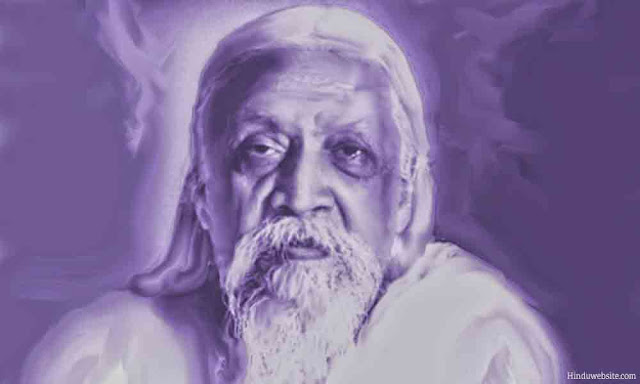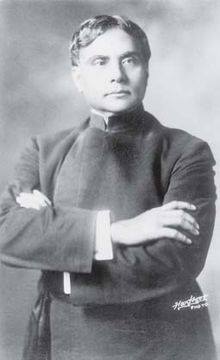Methods for Quieting and Focusing the Mind in Raja Yoga :
Sri Aurobindo describes the traditional practices recommended in Raja Yoga for attaining the one-pointed indrawn, concentrated status called “Samadhi”: “Rajayogic concentration is divided into four stages; it commences with the drawing both of the mind and senses from outward things, proceeds to the holding of the one object of concentration to the exclusion of all other ideas and mental activities, then to the prolonged absorption of the mind in this object, finally, to the complete ingoing of the consciousness by which it is lost to all outward mental activity in the oneness of Samadhi.” This step-by-step progression of the movement of the awareness inward is intended to separate the mind from the outer, transitory details of existence and focus it on a status of divine realization.
For a being based in the outer world of the senses and the active, interactive life, the end-result does not come immediately or without some intervening steps. In order to pull the mind away from the sense impressions and reactions, Raja Yoga utilizes one or more techniques, including the use of Mantra, which creates its own “master wave” within the mind-stuff, drowning out all the smaller waves of sense-impressions, emotions, desires, reactions, and thoughts. There are of course other techniques available such as Tratak (concentration on one point of light) or, as we see in some of the Buddhist systems, an elaborate visualization schema that occupies the mind and fills it with one image at the end, held in exquisite detail, and thus, superseding every other form or movement. “By this concentration on the idea the mind enters from the idea into its reality, into which it sinks silent, absorbed, unified.”
Sri Aurobindo observes that there are alternative methods which, although not generally taught in classical Raja Yoga, nevertheless have a similar basis and result: “Some of them are directed rather to the quiescence of the mind than to its immediate absorption, as the discipline by which the mind is simply watched and allowed to exhaust its habit of vagrant thought in a purposeless running from which it feels all sanction, purpose and interest withdrawn, and that, more strenuous and rapidly effective, by which all outward-going thought is excluded and the mind forced to sink into itself where in its absolute quietude it can only reflect the pure Being or pass away into its superconscient existence.”
Elsewhere Sri Aurobindo has described his own experience of achieving what he called the “silent mind”. The method described there more or less fits into the description of excluding the outward-going thought and forcing the mind into a state of pure, silent awareness of Being.
Each of these methods has its adherents, based on the individual development and capacities of the seeker. The specific method is not as important as the end result, obviously.
Sri Aurobindo





Comments
Post a Comment